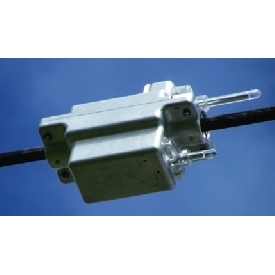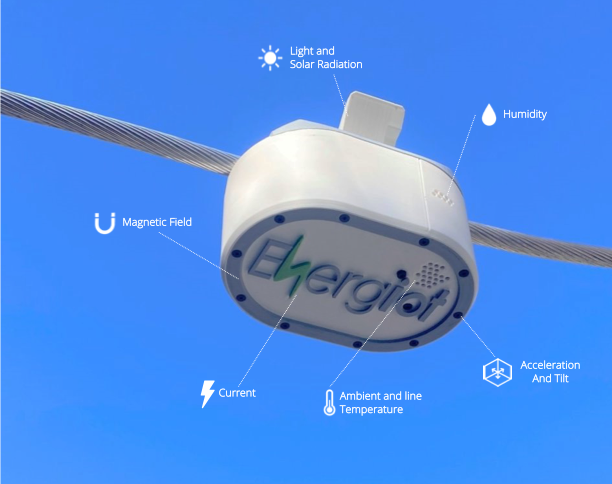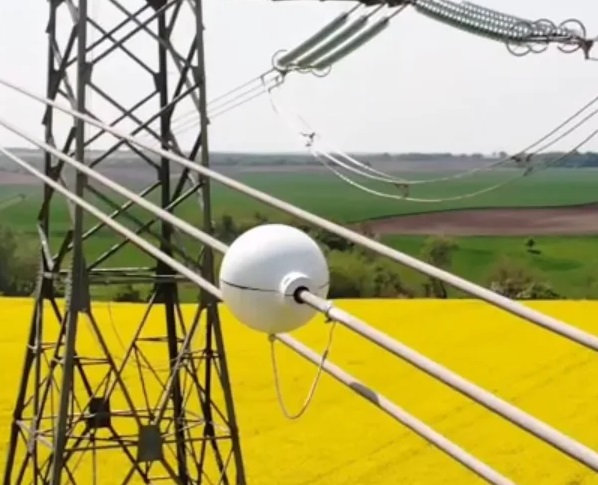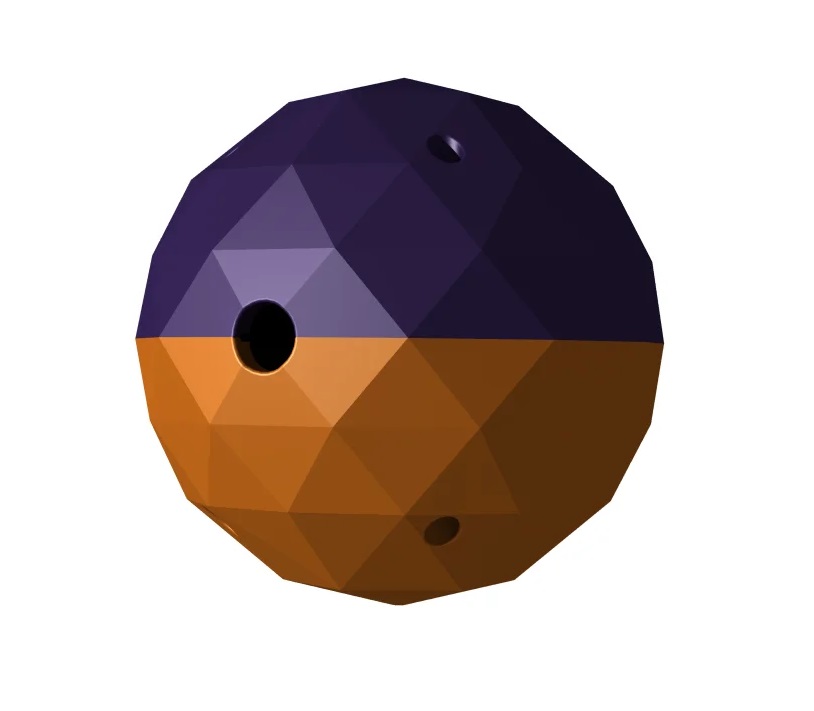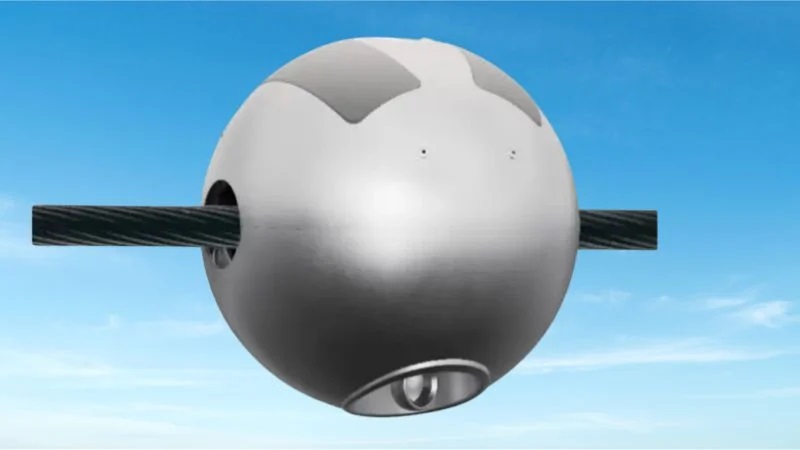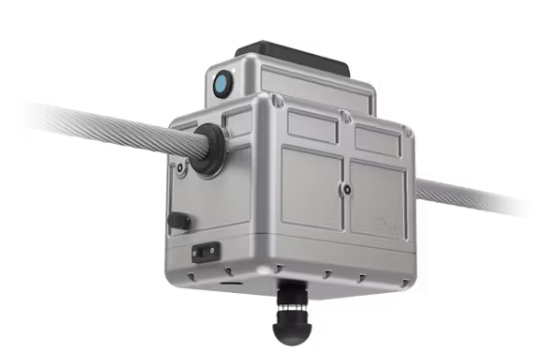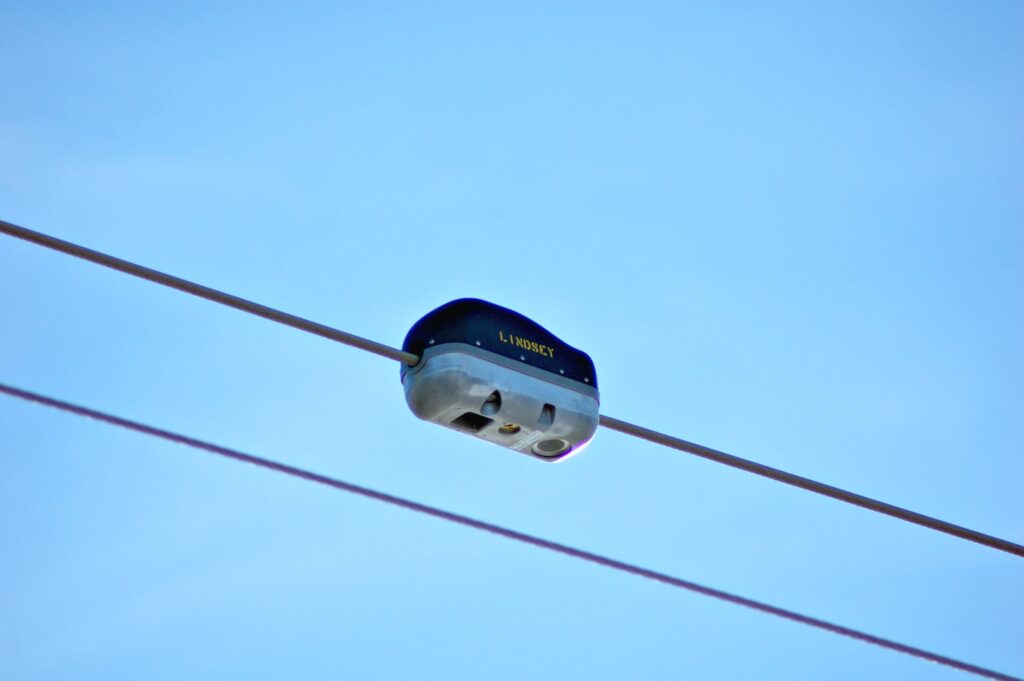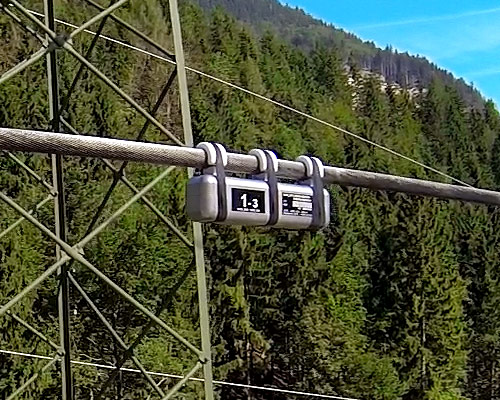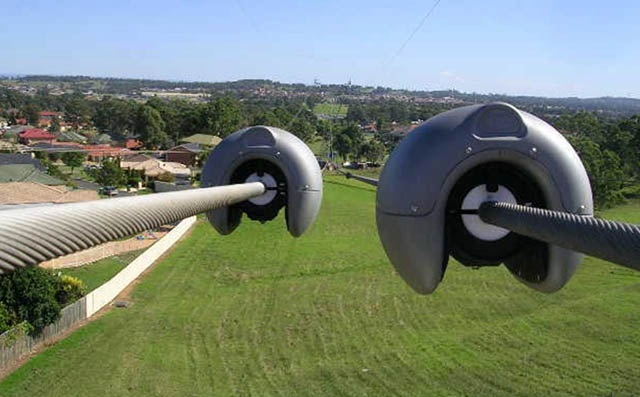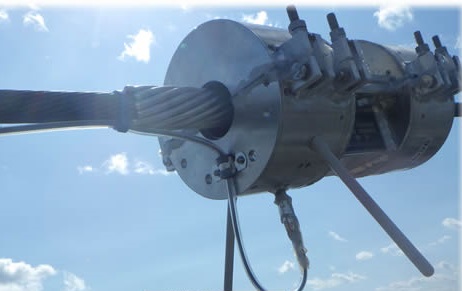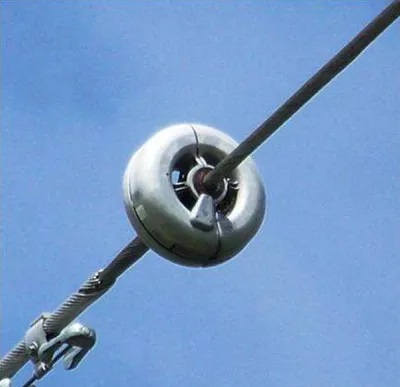Overhead transmission lines are used for the transportation of electrical power. The transported current will cause the conductors to heat up, whereas the ambient temperature and (especially) wind will cool the conductor.
Traditionally, overhead lines are designed using conservative ambient conditions. The (combination of) values for the ambient temperature, effective wind speed and solar radiation are hardly exceeded. This automatically means that the current carrying capacity is higher than the design rating most of the time. This potential can be unlocked using dynamic line rating (DLR). Learn more on DLR in our course.
How to apply dynamic line rating?
A common mistake that people make is to think that sensors are needed for DLR. This is not true. DLR calculations can be performed solely on weather data. Especially if a forecast is needed (e.g. 2-day or 10-day forecasting), the weather data is the main driving input. However, weather forecasts are highly unpredictable, especially for wind speed and directions.
Therefore, there are many suppliers that offer sensors. Sensors measure real-time, so any system that works with sensor data can provide a near real-time prognosis.
The best is probably to have a combination of both, so weather data for the prognosis and a sensor for real-time validation. The data can also be evaluated afterwards. Some suppliers also offer improved weather data based on machine learning methods that use historical weather data and sensor-measured data as input.
Which sensors for DLR are there in the market?
We have checked the market for DLR sensors that are commercially available in the market. This list provides an overview with types that are placed on the high voltage conductor. The different types are mentioned below in alphabetical order.
Please note that the sole purpose of this list is to provide you with an overview. We do not provide any advice or preference.
| Supplier | Sensor type | Based in |
| Ampacimon | Sense | Belgium |
| Energiot | IoT sensor | Spain |
| Fraunhofer IZM | Astrose | Germany |
| Gridguard | Sensor | Hungary |
| Gridpulse | Base | Austria |
| Heimdall Power | Neuron | Norway |
| Laki | LKX Multi | Iceland |
| Lindsey systems | TLM monitor | USA |
| Micca | EMO | Austria |
| Sentrisense | Sensor | Spain |
| Skytek | OTLM | Austria |
| Sumitomo electric | Sensor | Japan |
| USI | Power Donut | USA |
How does a DLR sensor work?
There are different methods to monitor the state of a conductor. Eventually it all boils down to determining the sag of the conductor between two towers. You can read in this article which options there are to perform measurements. Most sensors measure temperature and vibration, but some also include measurement of movement and tilt.
One of the most important aspects is to measure the complete span. A spot measurement (local conductor temperature) will often not suffice to get a good impression of the state of the conductor.
What do these DLR sensors look like?
An overview with pictures (from the suppliers websites) is given below.
